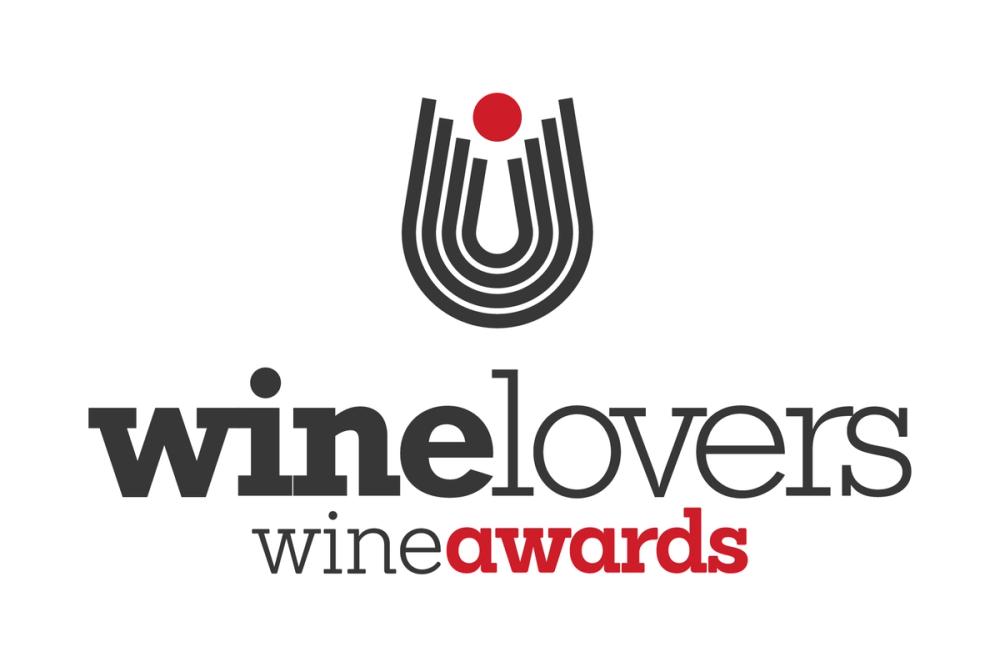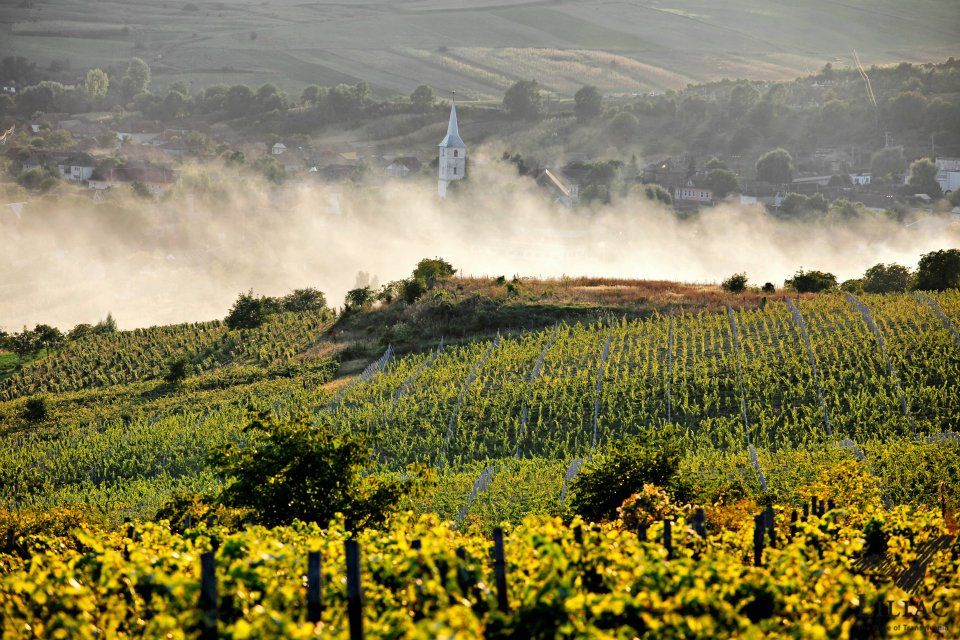The 11 Romanian producers that entered the 2023 Winelovers Wine Awards more than made their mark walking off with a very large hat full of awards and medals. Here we take a closer look at what is happening across the country.
Wine production in what is now Romania dates back to antiquity, with the Greeks bringing grapes to the area via the Black Sea between 600 and 500 BC. During the Middle Ages, monasteries played a major role in the development of vine and wine culture, especially in the Valea Călugărească and Drăgăşani regions as well as in Transylvania. As in much of Europe, the phylloxera epidemic in the 19th century wiped out most vineyards here too.
Replanting was carried out with French assistance, and the first appellations of origin were established in the early twentieth century through viticultural regulations. During the communist period 1944-1989, the acreage of many indigenous varieties dwindled, with preference being given to higher-yielding varieties. After the regime change, foreign investment and EU funds started to restore the country’s winemaking heritage.
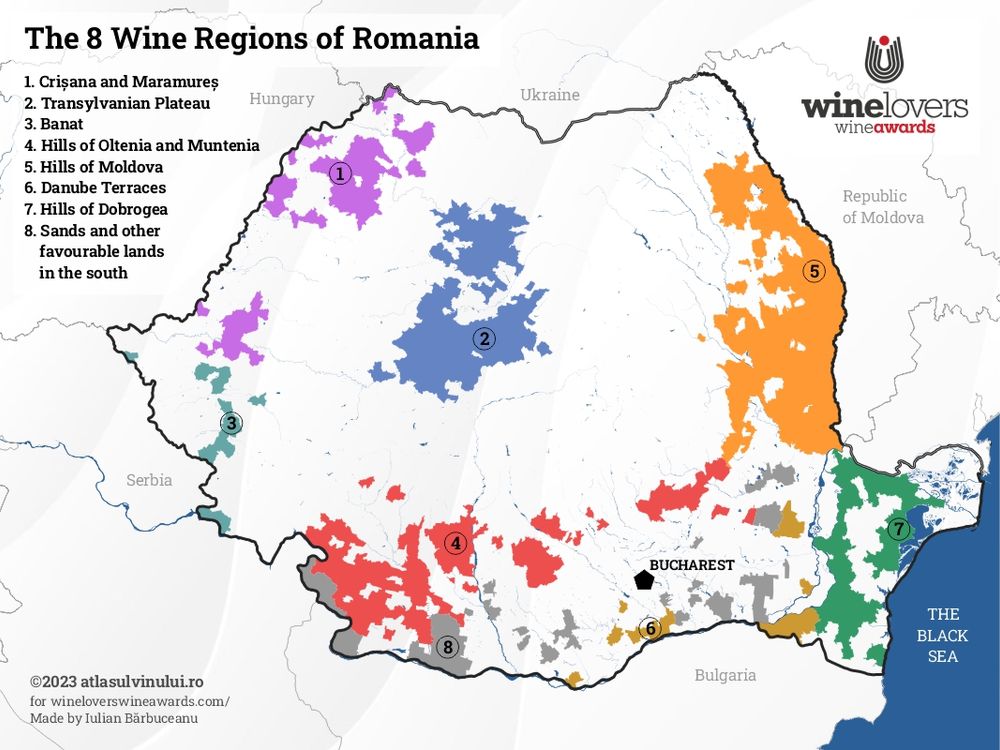
Romania has a tenth of the world’s planted vines (OIV). The map was created by Iulian Bârbuceanu, author of the Atlas of Romanian Wines
According to OIV statistics, Romania is currently ranked fifth in Europe and tenth in the world in terms of total hectares under vine. However, only a small proportion of wine is exported – around 5-6%, with most wineries relying on domestic consumption. Its main export markets are Germany, the UK and the Netherlands. The largest production in the country comes from a few wineries, such as the Recaş Winery.
Romania’s wine regions are located between 44 and 48 degrees north in latitude, with a temperate continental climate, hot summers (with high average temperatures in July) and relatively harsh winters. The moderating influence of the Black Sea is favourable for viticulture, while the Carpathians block the Arctic and Siberian air masses from the north and northeast. There can be winters when temperatures fall below -20°C, with relatively little rainfall in summer, meaning that drought is sometimes an issue. The variety of soils, from rocky through sandy to clayey, also contributes to the diversity of wine styles.
The wine regions of Romania are: Moldovan Hills, Banat, Dobrogea, Crişana and Maramureş, Oltenia and Muntenia, Transylvania, Danube Terrace and scattered sandy-soil areas in the south of the country. There are currently 33 registered PDOs (protected designations of origin) in the wine regions.

Fetească Neagră – one of Romania’s many indigenous varieties’
International and local varieties
Romania’s grape varieties include both international and indigenous varieties. The most popular international white varieties are Chardonnay, Pinot Grigio and Sauvignon Blanc, while for the black varieties, it’s Merlot, Cabernet Sauvignon, Syrah and Pinot Noir. Chardonnay and Cabernet Sauvignon produce the most prominent premium wines. Most winegrowers cultivate either only international varieties or hybrids of international and local varieties.
The most prominent indigenous varieties are Fetească Alba, Fetească Regală, Tămȃioasă Romȃnească, Fetească Neagră and Băbească Neagră.
Romania has yet to find its flagship variety, but some wineries believe there is a lot of potential in indigenous varieties. Both Fetească Regală (the country’s most widely planted variety) and Fetească Neagră stand a good chance of competing for this title. Fetească Neagră is the oldest indigenous grape variety in Romania. It can withstand both cold and drought. It is late ripening and thick skinned, with a strong pigment. It produces full-bodied wines with medium tannins. Nowadays, it is more often made as a varietal wine, but in the past, it was often blended with international varieties.
The distinctive Fetească Neagră wine is known for its deep ruby red colour, its characteristic blackberry flavour and its black cherry, plum and chocolate aromas. Cellared appropriately, it will age well. It is a versatile grape, which can be produced in dry, sweet and semi-dry versions.
There are also less well-known characterful black grape varieties, such as Negru de Drăgășani and Novac. White varieties Frȃncuşă and Șarbă, which come from the east of Romania, also produce lovely wines. They make excellent base wines for sparkling wines, but can also be used to make enjoyable and unique still wines.
Did you know?
Tămȃioasă Romȃnească, also known as Romanian Muscat, is one of the oldest varieties produced worldwide. The result of a crossing of Muscat Blanc à Petit Grains, it combines aromas of perfume, grapes, flowers and spice.
Romanian wines at the Winelovers Wine Awards
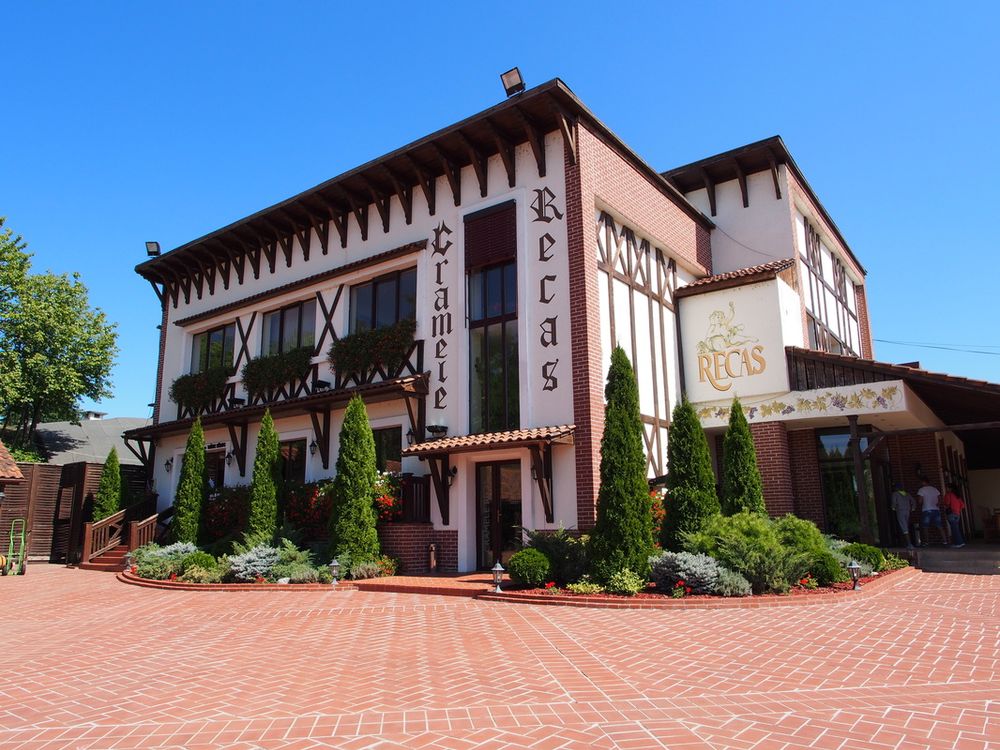
Cramele Recas is arguably the most well known and internationally successful Romanian producer
Cramele Recas
Cramele Recaș, SERVE Ceptura Winery, Bogdan Estate and Via Viticola Winery entered the most wines in the 2023 Winelovers Wine Awards, so we will present their winning wines. The four wineries are a good demonstration of the diversity of Romanian wineries: Recaș is a really large winery with a huge export market, SERVE is the result of a collaboration between a French nobleman and a Romanian winemaker since the nineties, Bogdan produces its wines following biodynamic principles, while Via Viticola represents an exclusive line both in its wines and its presentation, with a special focus on the Aligoté variety.
Cramele Recaș Winery was awarded for their Cabernet Sauvignon, but also for an indigenous variety, while one of their wines also won the Best of Romania award.
Cramele Recaș La Stejari Cabernet Sauvignon 2018 – 93 pont, Gold, Best of Romania
Cramele Recaș Selene Cabernet Sauvignon 2019 – 91 pont, Gold
Cramele Recaș Sole Sauvignon Blanc 2022 – 91 pont, Gold, Best of Sauvignon Blanc
Cramele Recaș Selene Fetească Neagră 2021 – 90 pont, Gold
The La Stejari Cabernet Sauvignon 2018, which was awarded 93 points by a jury of international experts, spent 12 months in barrique and was then aged in bottle for 18 months before release. On the nose, pure, intense aromas of cherry, blackcurrant and ripe strawberry appear first, followed by notes of sage, sweet spice, nutmeg and black truffle. The tannins lend it a firm body but also balance the density of the fruit well. An intense wine, suitable for ageing for at least ten years.
Narcis Georgiu at Cramele Recaș says of its success at the awards: “We won a lot of medals, but we are especially proud of the La Stejari Cabernet 2018 – Gold medal and Best of Romania. Our winery is pretty famous for white wine – Solo Quinta, Sole etc. – but this award proves that our terroir with limestone soils is perfect for the late-ripening Cabernet Sauvignon. So, yes we can make pretty good reds, too.
“Wineries in this part of Europe are quite new – even though our countries have been making wines for thousands of years. To show what we have got, we have to participate in competitions to measure our wines’ quality in comparison with other wines. Consumers tend to trust serious competitions in their choice. A competition is more accurate than a critic’s opinion: so less subjectivity when you have more judges tasting.”
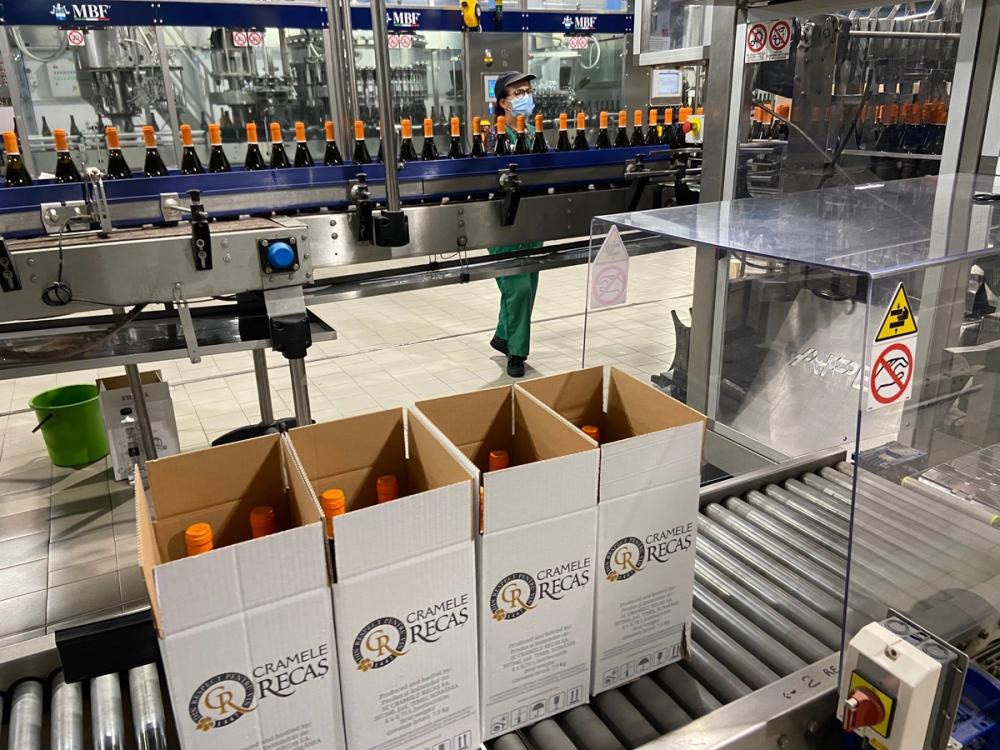
Cramele Recas has one of the most sophisticated wineries in Europe as well as leading the way in Romania
Located about 40 kilometres from Timișoara, the Cramele Recaș Winery is one of the most technologically advanced wineries in Europe, with nearly 1,200 hectares of vines in the Banat wine region. Its wines have won awards at the world’s most prestigious wine competitions. It exports more than half of Romania’s bottled wines to 26 countries. It cultivates 22 grape varieties, and its vineyards boast many different microclimates, which are excellent for both local and international varieties. Recaș’s consulting winemakers Nora Iriarte and Hartley Smithers joined the winery 18 years ago, while the owners are also trained winemakers who have worked together since 1983.
The Banat wine region is Romania’s smallest wine region, located in the south-west of the country. Its viticultural history dates back to the Roman Empire in the third century. The wine region is bordered by Serbia to the south, the Mureş Valley to the north and the Banat Hills to the east. The region’s wines are well-known for their pronounced aromas and persistent flavours. The white wines are similar to those produced in other cool-climate European regions such as in Germany.
Via Viticola
Via Viticola achieved success with its international varieties, with its Chardonnay winning a gold medal and the Aligoté a silver.
Via Viticola Sarica Niculitel Caii de la Letea Princeps Reserva Chardonnay 2020 – 90 pont, Gold
Via Viticola Caii de la Letea Princeps Rezerva Aligote 2021 – 88 pont, Silver
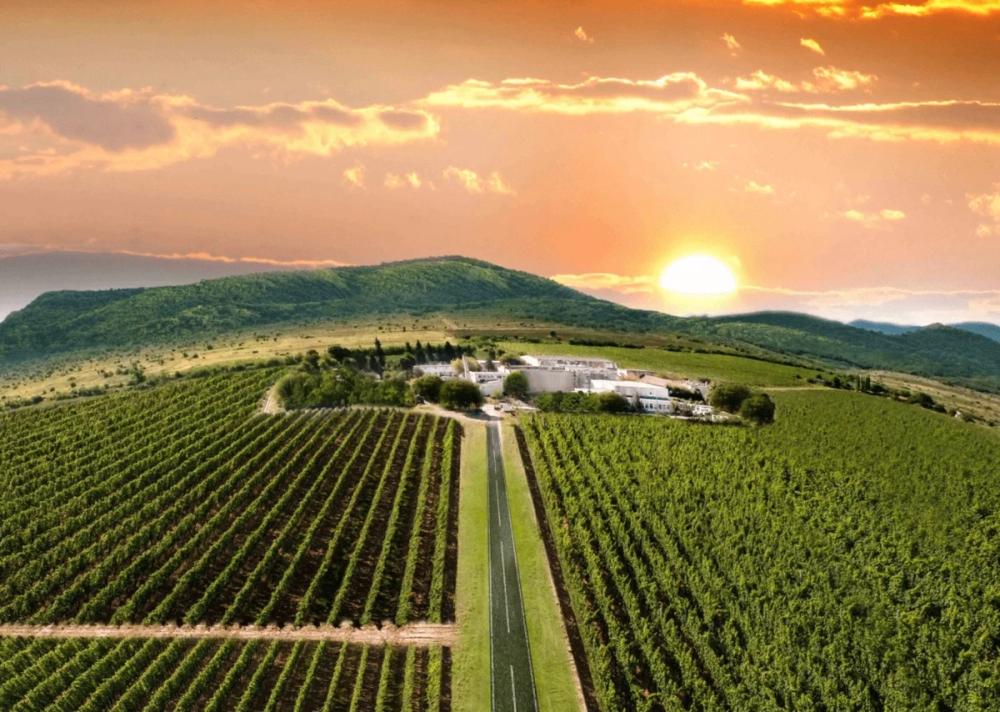
Via Viticola winery uses both traditional and modern winemaking techniques
The Via Viticola Winery is located in the oldest vineyard area in the Dobrogea wine region, near the hills of Saricia and Niculițel. The winery has preserved traditional winemaking methods (such as grape selection), while its winemakers are also masters of new winemaking techniques. One of the winery’s emblematic varieties is Aligoté, Burgundy’s second white variety after Chardonnay.
The Dobrogea wine region is located in the Danube Delta. Ancient winemaking artefacts have been found here that show the ancient importance of wine – a fact of which the local winemakers are incredibly proud. One of its main varieties is Băbească Neagră, which dates back to the 14th century and is now also internationally recognised. The berries of this variety are sparse, dark blue and purple in colour. Its wines are light and juicy with high acidity, with flavours of prune, rose, violet and iris on the palate.
SERVE
SERVE also won four silver medals.
SERVE Ceptura NASUL MAESTRULUI 2021 – 88 pont, Silver
SERVE Ceptura NASUL CAVALERULUI 2018 – 87 pont, Silver
SERVE Ceptura SECRETUL SPRITULUI DE VARA 2022 – 87 pont, Silver
SERVE Ceptura SECRETUL SPRITULUI DE IARNA 2020 – 87 pont, Silver
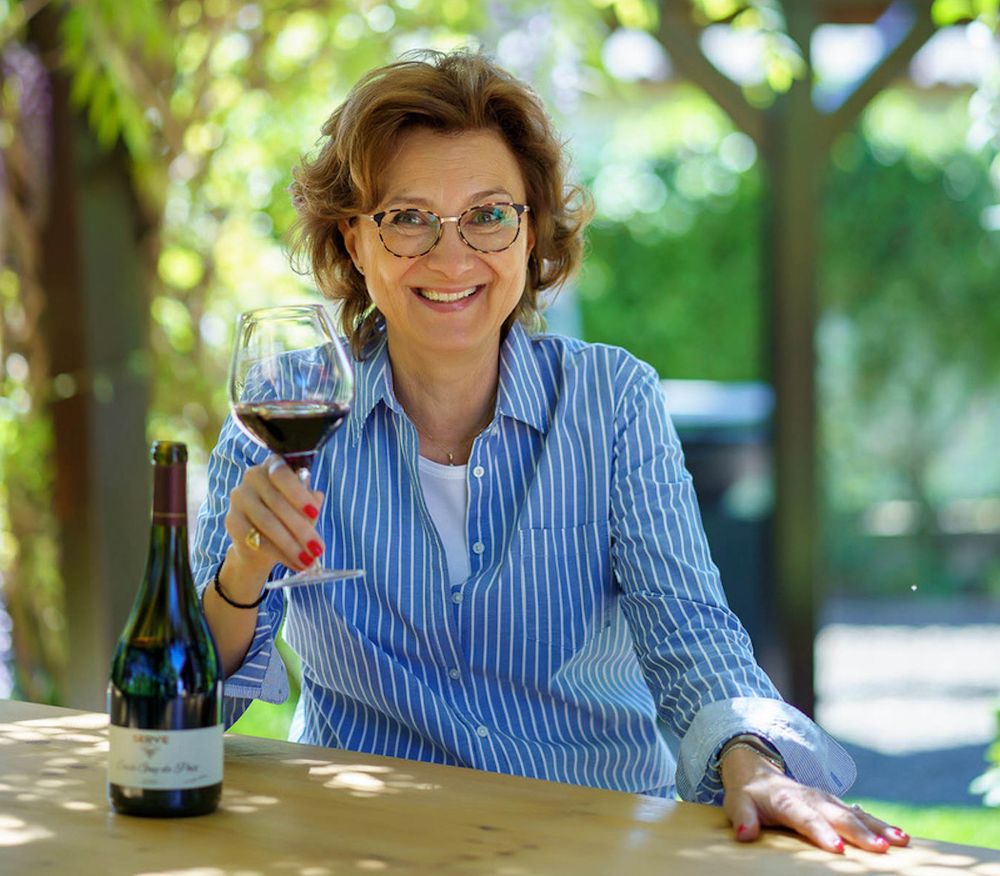
Mihaela Tyrel de Poix at SERVE winery which also performed strongly at the Winelovers Wine Awards
The SERVE Ceptura NASUL MAESTRULUI 2021 is a blend of four varieties (Sauvignon Blanc, Chardonnay, Riesling, Fetească Alba) which yielded outstanding quality in the SERVE vineyards in 2021. A colder year than the previous ones, with sufficient winter and spring rainfall, enabled grapes to be harvested with exceptional freshness and lower sugar content than usual but higher acidity and more intense aromas. The Ceptura NASUL CAVALERULUI 2018 red blend is made from varieties typical to the region, showcasing the best characteristics of Merlot, Cabernet Sauvignon and Fetească Neagră.
SERVE is a family winery with 30 years of tradition and was the first privately owned winery after 1989. Its founder, Count Guy de Poix, came to Romania in the early 1990s and fell in love with Fetească Neagră, so much so that he set himself the goal of studying this indigenous variety and showing the world its best side. His partner in this was Romanian winemaker Aurel Rotarescu, with whom he worked to revive the variety. In 2014, three years after Guy’s death, it was a great achievement that their Cuvée Guy de Poix became the first wine made from an authentic Romanian variety to be rated with over 90 points by Robert Parker.
Mihaela Tyrel de Poix at SERVE says of the awards: “It is serious competition that allows us to get our wines in the glass is a win for us. We trust the wines we make and getting them out there in the world is part of our mission to promote Romanian wines in the region and get them the recognition they deserve.
“We, as Central Eastern European winemakers, need to collectively change a perception. During the years of the cold war, before 1989, wines from our region (and I am including here Hungary, Romania, Moldova, Bulgaria, Austria, Croatia and Slovenia) were not known for their quality. This needs to change in order for our region to recover its rightful place as quality wine producers among Europe’s greats. It might take years, but we are used to the patrimonial nature of our work, and we participate in international competitions so that in 10-15 years’ time we will see the results in perception. The immediate gain is that good positioning in an international competition helps our clients make easier choices by reaching for a wine that has won a prize. It helps us benchmark ourselves in the landscape of wines and constantly grow and improve what we do.”
Muntenia is Romania’s hottest wine region, located in the south of the country, with a high number of sunshine hours. The white wines are therefore lower in acidity and softer, while the reds are full-bodied, fruity, velvety and well-balanced thanks to beautifully ripe grapes. Merlot and Cabernet Sauvignon yield the best wines in the regions. In some areas, the soil is rich in calcium carbonate, which is perfect for growing aromatic varieties, such as Tămâioasă Românească and Muscat Ottonel.
Bogdan Estate
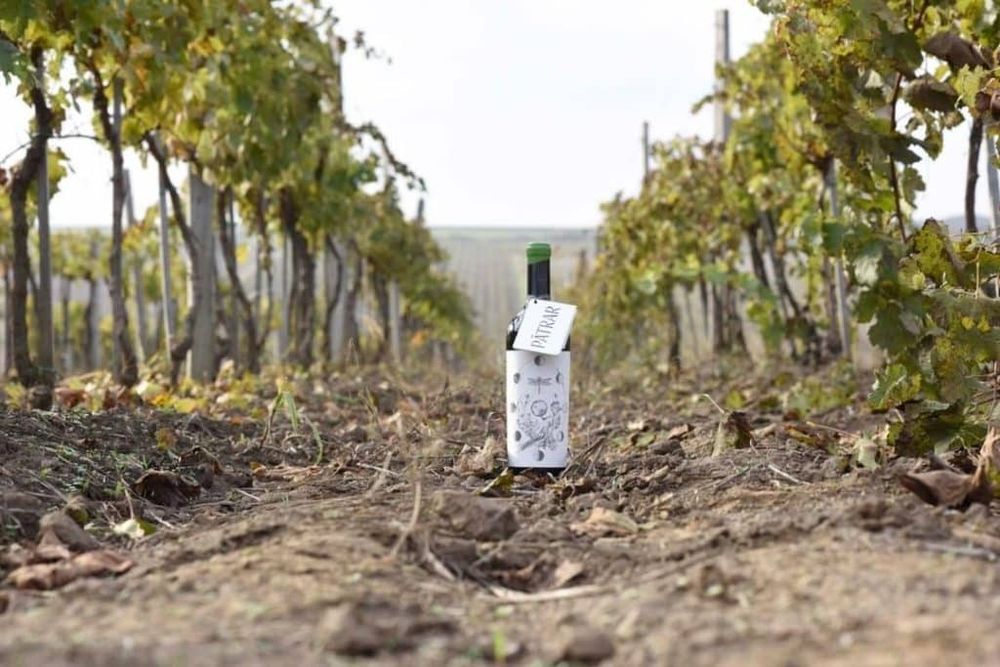
The Bogdan Estate looks to make wines close to its terroir
The Bogdan Estate was awarded silver medals for its red and rosé wines produced according to biodynamic principles:
Domeniul Bogdan Primordial Fetească Neagră 2020 – 88 pont, Silver
Domeniul Bogdan Primordial Rose 2022 – 88 pont, Silver
The Primordial Fetească Neagră 2020 is dominated by intense aromas of seasonal red fruits, sour cherry and cherry as well as a woody character, perfectly balanced by prominent tannins and a slightly spicy finish.
“I believe that the terroir should be expressed in the wine: the sun, the wind, the rain, the land, the people, the history and the culture of a people. This is how Primordial Fetească Neagră was born. This bottle contains a fascinating world, with thousands of years of tradition, from the famous Dobrogea region,” says winemaker Philippe Cambie.
The Bogdan Estate was established in 2011, when their first vines were planted in the Dobrogea wine region. The entire area is cultivated according to the principles of holistic biodynamic viticulture and has been certified since 2016, making it the first biodynamic producer in Romania. Its philosophy is based on respect for all forms of life, which is expressed towards nature, the Earth, plants, animals, people and therefore also towards its consumers. They believe that to produce truly high-quality grapes, the rhythms of nature must be fully respected, which is how terroir is best expressed in wine.
Best of Romanian wines at the Winelovers Wine Awards
Best of Romania
Cramele Recaș La Stejari Cabernet Sauvignon 2018
Best of Sauvignon Blanc
Cramele Recaș Sole Sauvignon Blanc 2022
Best of Indigenous Black Grape Variety
Crama De Matei Patima după Matei Fetească Neagră 2020
- You can see all the award-winning Romanian wines here.
- You can find out more about the Winelovers Wine Awards here.
